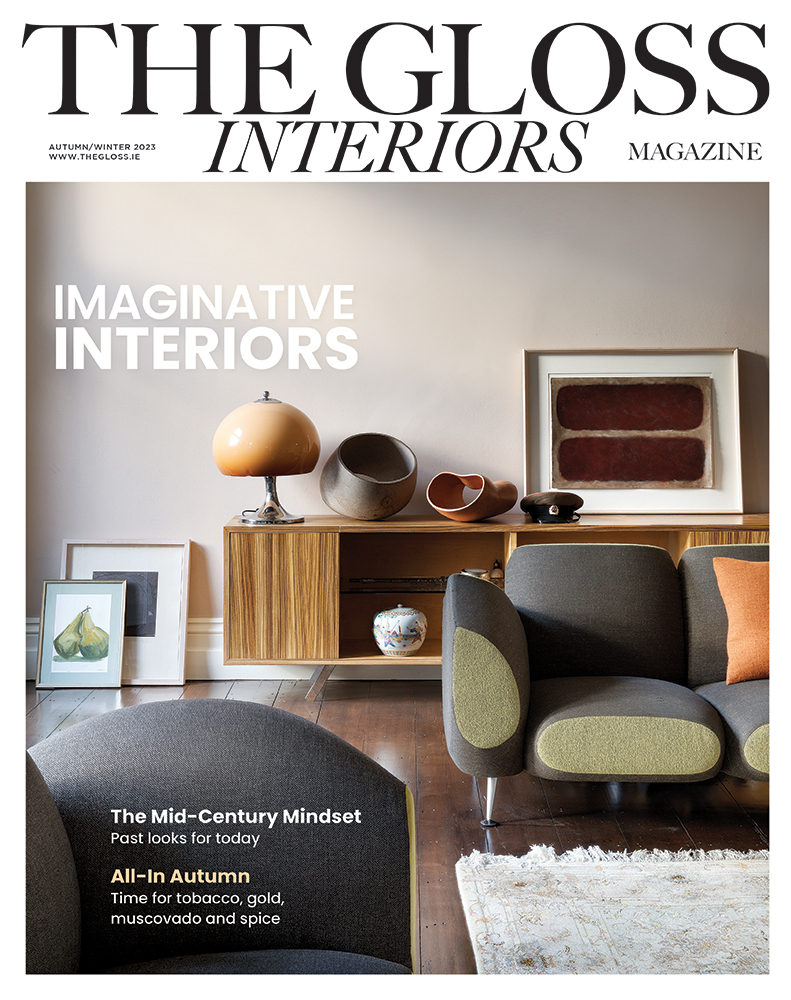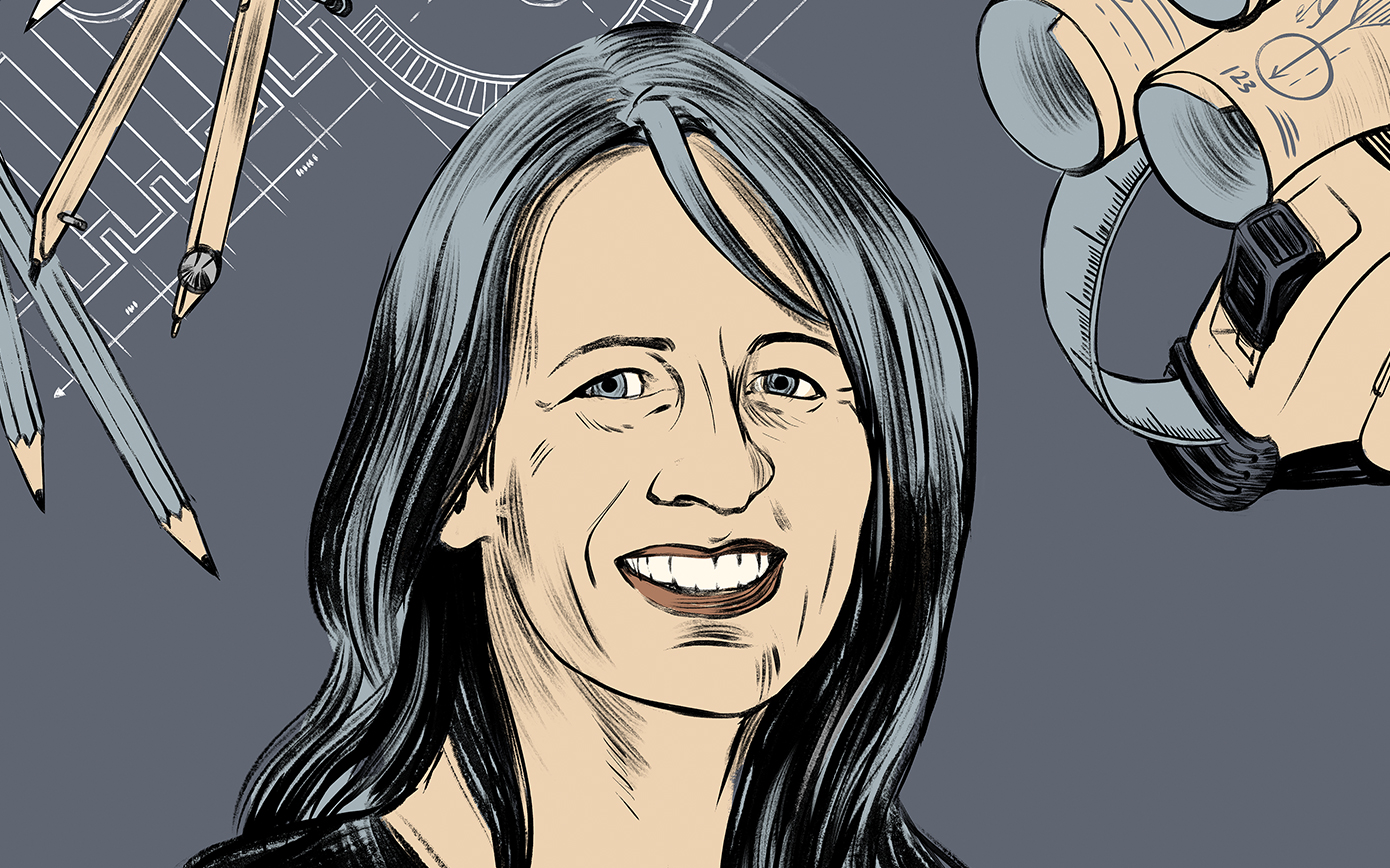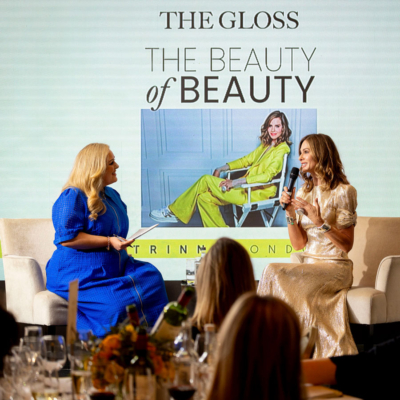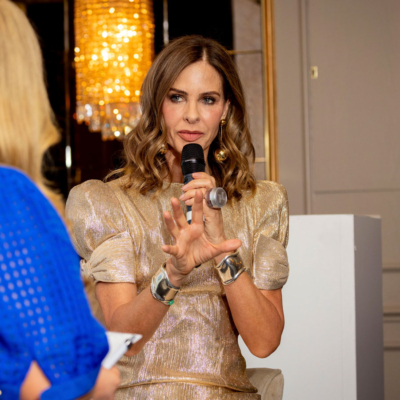Carole Pollard, former president of the Royal Institute of Architects of Ireland, outlines her ambitions over crab on toast in Ely
Imagine you are invited to a conference – no theme, no title. The speakers are Lenny Abrahamson, Oscar-nominated director of Room; Annie Ryan, director of A Girl is A Half-Formed Thing; Kevin Barry, author of dystopian Bohane City. Is it a Drama Studies fame fest? A collective of luvvies, perhaps? Wrong. You are in the august embrace of the Royal Institute of Architects of Ireland and the vision of its new president Carole Pollard who wants architects “to focus on the creative process, to visualise things like getting a book onto the stage or screen.”
This is not the conventional view of architects, the men and women in black who bestrode the boom, the high priests of the glass box who fell like Icarus, when the hard landing came.
Initially Carole Pollard doesn’t come across as unconventional. She rarely does lunch, which is much more corporate woman than creative space dreamer: this one is utilitarian, crab on toast in Ely a few yards from the RIAI offices, where our talk quickly turns to the housing crisis and her relationship with government. And she knows the value of proximity to power: “I am very impressed with Simon Coveney. We were both speaking at a planning conference recently. He came from Peter Barry’s funeral in Cork, to the Apple crisis talks in Dublin and on to our meeting. He listened, then stayed to talk to people, including myself.”
But here is no pant-suited player. Her spare and original beauty, like her name, evokes something of those movie stars the French adore – Carole Bouquet or Kristin Scott Thomas. She speaks of architecture more as a cause than a career. I suspect the other departments with which she engages – Arts and Heritage, Jobs and Enterprise – are about to discover that art and engineering are not divided worlds. The fact that the proselytiser exudes the wide-eyed idealism of a girl from Cabinteely, who once thought of entering politics, makes it all the more remarkable. Politics, she decided, “would be too wearing.”
Architecture was the easier option? “One of the first things you are taught in college is you will be unemployed.” Forty-one per cent of the profession can attest to that, including herself. “I have seen at least three economic cycles.
“A recession is a good time to study architecture.” You begin to appreciate why optimism is considered a prerequisite for its practitioners and why she relishes overseeing the resurgence of the profession the recession walloped.
“A recession is a good time to study architecture.”
American human resource experts say the way to get a really difficult job well done is to hire a woman who has her children raised: she knows all about problem solving, taking responsibility and doesn’t pull sickies. They don’t mention the attritional years required to get to that place. Pollard married young and had her children in quick succession. Aged from 24 to 18, in pleasing symmetry they reflect their mother’s Renaissance range: an actor, an architect, a psychologist and a business student. “My career moved in and out while I was raising them.”
She doesn’t pretend it was a rose garden. “I left college in 1988 and had my first daughter in 1992. I felt very isolated at that time. I didn’t want to lose my career and yet I would have had no life in a private practice.” Bleak realism perhaps, but that moment of isolation is often where the desire for self worth is forged. Like the most interesting buildings – and faces – there are few straight lines in her career. She set up her own practice, served on myriad RIAI committees, and co-founded a flexitime organisation. “Eventually I was in a position where I was able to take on the presidency of the Institute.”
Having it all – clearly she didn’t always – is not a part of her conversation. Her priorities are subtler. “I work very hard. I have a good balance.” Her house in Donegal, homeplace of her husband (“not an architect, he has his own business”) is the key. Not only did she design the house, “keeping the footprint of the old,” but she found a spiritual home. She is author of Seven Donegal Churches, an eight-volume paeon to the work of native architect Liam McCormack. It’s not all solemnity, a recent weekend party included a “tasting” day with Neven Maguire.
Hill walking and a great book club are also a part of the balance. But you get the feeling everything feeds the passion. She doesn’t have heroes, but hugely admires Yvonne Farrell and Shelley McNamara of Grafton Architects. “They are always learning – some architects can be precious. I was at the Venice Biennale and Yvonne had tickets to all the drinks receptions. She introduced me to everyone.” She hoots when I express surprise that she hadn’t tickets herself. But clearly schmoozing wasn’t paramount.
So what does Carole Pollard want to achieve? Apart from the big concerns like flooding – “there is no planning conversation about it” – the housing crisis and more architects on local authorities, her pressing desire is that the RIAI “engages with younger members. Not just the older fellows.” She talks about how architecture is the key to equilibrium – happiness even – in towns and cities. And through her eloquence an artistry is emerging. If architects shape our external landscape, by definition they shape our inner landscapes too. Pollard’s upcoming RIAI conference is a recognition of the other great chroniclers of modern inner landscape – film and theatre directors. To some – Woody Allen’s every film is a love letter to a city – there is no divide between inner and external.
Architects are expected to be original interpreters of our time. Carole Pollard’s way of reaching to a new generation is original, and unconventional. As befits a gentle rebel. With a cause.
Illustration by Lauren O’Neill
LOVETHEGLOSS.IE?
Sign up to our MAILING LIST now for a roundup of the latest fashion, beauty, interiors and entertaining news from THE GLOSS MAGAZINE’s daily dispatches.









